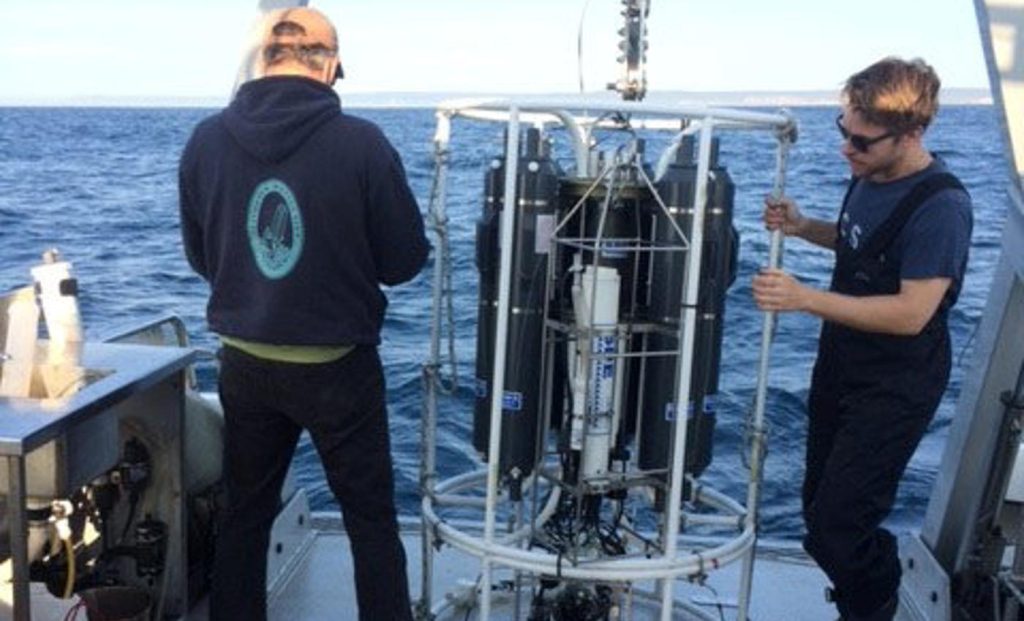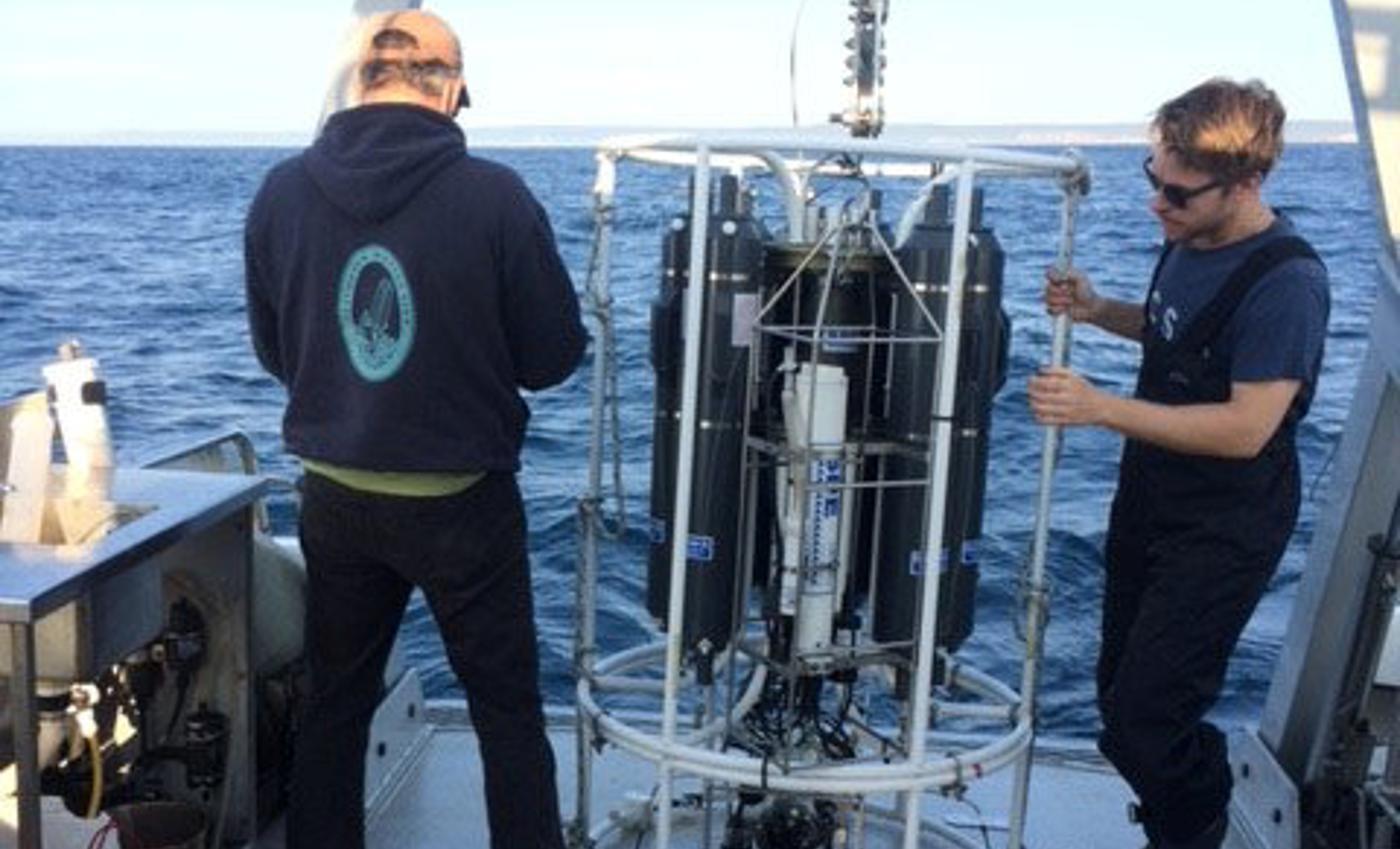
A tiny marine microbe which could turn out to be a ‘secret weapon’ in the battle against climate change has been discovered.
The single-celled microbe has potential to absorb carbon naturally, even as oceans become warmer and more acidic, say scientists.
It is abundant around the world and can photosynthesize as well as hunt and eat prey.
The tiny organism, discovered by researchers in Sydney, Australia, secretes a carbon-rich exopolymer that attracts and immobilizes other microbes.
Then it eats some of the prey trapped inside before emitting the mucus-like, carbon-rich substance.
Once other microbes are trapped inside it, it becomes heavier and sinks, pumping carbon back into the oceans.
RELATED: City Trees and Soil Are Sucking More Carbon Out of the Atmosphere Than We Thought
Marine microbes govern the natural environment through a range of processes, including the vertical export and sequestration of carbon, which ultimately regulates the world’s climate.
While the role of plankton in helping store carbon dioxide is well understood, the role of other microbes in this process is less well known about, the scientists say.
This is especially true for organisms that can photosynthesize and eat other organisms.
They say their findings are hugely significant for how we see the ocean balancing carbon dioxide in the atmosphere.
It is estimated that the species, christened prorocentrum cf. balticum, has the potential to sink 0.02-0.15 gigatons of carbon each year.
Experts believe that, to meet climate goals, 10 gigatons of carbon dioxide will need to be removed from the atmosphere every year from now until 2050.
The findings imply there is more potential for carbon sinking in the oceans than it was previously believed, and that the seas could capture carbon in unexpected places.
The process could form part of a nature-based way of enhancing carbon capture in the ocean.
Lead study author Dr Michaela Larsson said, “Most terrestrial plants use nutrients from the soil to grow, but some, like the Venus flytrap, gain additional nutrients by catching and consuming insects.
LOOK: First Coral IVF Babies on Great Barrier Reef Have Produced Next Generation
“Similarly, marine microbes that photosynthesize, known as phytoplankton, use nutrients dissolved in the surrounding seawater to grow.
“However, our study organism, prorocentrum cf. balticum, is a mixotroph, so is also able to eat other microbes for a concentrated hit of nutrients, like taking a multivitamin.
“Having the capacity to acquire nutrients in different ways means this microbe can occupy parts of the ocean devoid of dissolved nutrients and therefore unsuitable for most phytoplankton.”
The study’s senior author Professor Martina Doblin said, “This is an entirely new species, never before described in this amount of detail.
“The implication is that there’s potentially more carbon sinking in the ocean than we currently think, and that there is perhaps greater potential for the ocean to capture more carbon naturally through this process, in places that weren’t thought to be potential carbon sequestration locations.
MORE: Climate-Resilient Coral Offers Hope to World’s Reefs, Able to Cope With 2ºC of Global Warming
“The natural production of extra-cellular carbon-rich polymers by ocean microbes under nutrient-deficient conditions, which we’ll see under global warming, suggest these microbes could help maintain the biological carbon pump in the future ocean.
“The next step before assessing the feasibility of large-scale cultivation is to gauge the proportion of the carbon-rich exopolymers resistant to bacteria breakdown and determine the sinking velocity of discarded mucospheres.
“This could be a game changer in the way we think about carbon and the way it moves in the marine environment.”
The findings were published in the journal Nature Communications.
SHARE This Hopeful Marine News With Your Mates…





















No, the ‘secret weapon’ to climate change is less humans on the planet.
Isn’t amazing that the Creator of our world, our universe, created critters to even handle things such as too much carbon? There’s no way that we puny humans can outwit Him!!!